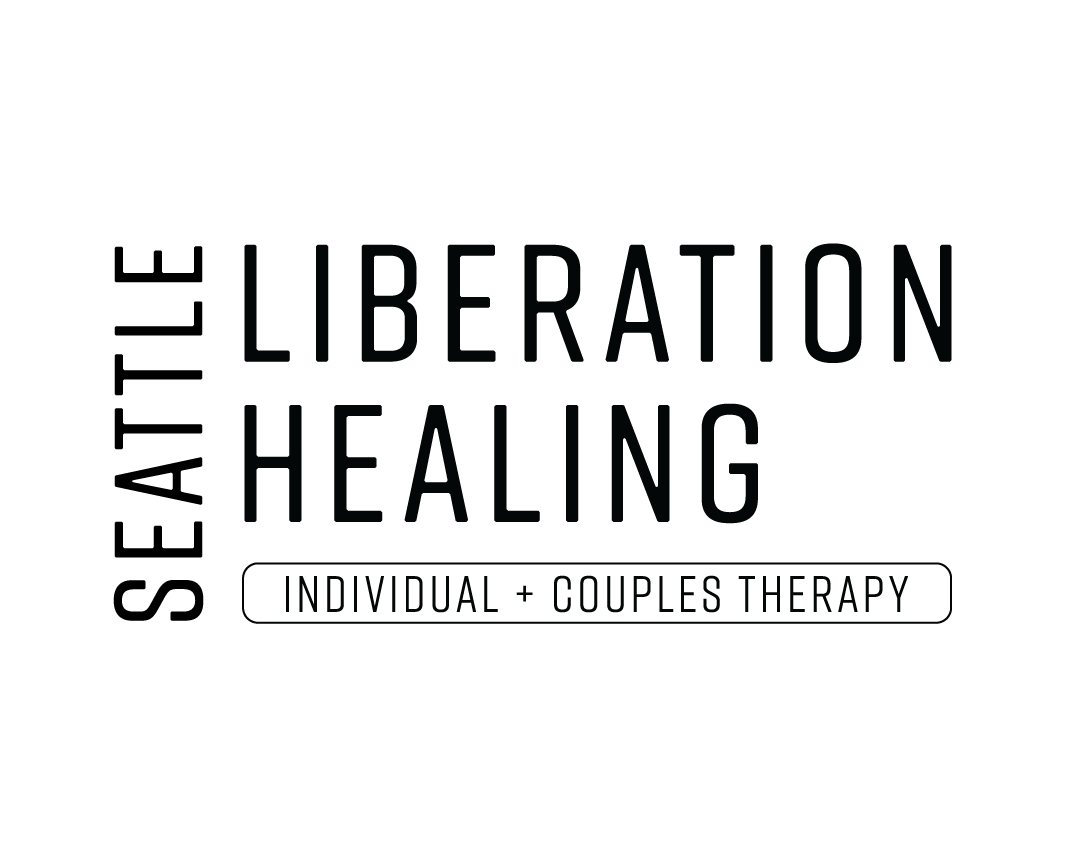WHAT MAKES THERAPY EFFECTIVE?
A guide on core components of successful therapy
Successful & Effective Therapy
Have you ever wondered what makes therapy effective and successful?
Have you been to therapy before and didn’t feel like you made progress? Conversely, have you been to therapy before and found it super helpful?
We’ll explore the concept of The Common Factors, or researched back evidence that contribute to successful mental health treatment.
#1 Therapeutic alliance
#1 - Therapeutic Alliance
The therapeutic alliance is the relationship you have with your therapist.
Trust, collaboration, empathy, and non judgment are all important aspects of a strong therapeutic alliance.
Research shows that a strong and supportive relationship between you and your therapist influences positive outcomes in therapy.
When clients like, trust, feel comfortable, feel supported, and vibe with their therapists, treatment is more likely to be successful because clients will invariably be more open, honest, and engaged in treatment.
Trust takes time. The therapeutic alliance is constantly being developed over time. It is not a one time thing.
This also means that ruptures/conflicts/disagreements are to be expected and it is the therapist’s job to facilitate difficult conversations first and to attempt to repair these ruptures.
Examples of a strong therapeutic alliance:
Mutual trust and respect
Agreement on the therapy goals
Agreement on how to achieve/work toward therapy goals
Collaboration and making decisions together
Strong bond between therapist and client
Research shows the relationship between client and therapist accounts for client improvement (or lack of improvement) as much as, and probably more than, the particular treatment method/approach (Norcross and Lambert, 2018).
#2 Collaboration
#2 - Collaboration & Goal Consensus
Therapy is a relationship requiring active engagement from both parties.
Collaboration is key.
Collaboration can include:
Active participation
Setting goals
Goal consensus/agreement
Completing homework/tasks outside of session
Integrating learning outside of session
Goal consensus/agreement is particularly important.
Goal consensus refers to mutual agreement between therapist and client on what is being worked on in therapy.
If there is not a goal consensus/agreement, treatment can become messy because therapist and client are working on two separate goals and are misaligned.
#3 Hope & expectations
#3 - Hope & Expectations
Clients often come to therapy during moments of distress.
Thus, they often feel pressured and overwhelmed, after attempting other methods of coping with their concerns.
The therapist should instill hope there is possibility for something new and that the current life situation can be resolved or decreased.
Clients’ expectations must be managed. Often clients come to treatment with a medical based framework (deficit based to get rid of symptoms entirely).
Therapists cannot promise to get rid of symptoms entirely due to ethical reasons. Often times, this is not possible due to the complexity of mental health, but can be decreased and managed.
Expectations can be managed through:
Providing thorough education on symptoms
Providing education on the therapeutic process and what is possible and not possible
Providing a written and verbal treatment plan
Validation
Reassurance
Answering client questions
If expectations are not managed, this can lead to conflicts, disagreements, and ruptures.
#4 empathy
#4 - Empathy
No one likes to be judged, especially by their therapist.
Empathy refers to the ability to place yourself in someone’s else experience.
There are 2 types of empathy:
Cognitive
Emotional
Examples of empathy
Feeling understood by your therapist
Feeling like your therapist “gets” you
Compassion
Shared emotions
Nonverbal communication of understanding
Leaning in
Nodding
Arms uncrossed
Verbal communication of understanding including
Validation
Clarifying
Summarizing
Checking for accuracy
Active listening
#5 The client
#5 - The Client
Factors outside of therapy such as:
Client’s level of motivation and engagement
Perceptions of the therapy
Commitment to the therapy framework
Integration of concepts into everyday life
Hope that therapy will work
It is estimated that clients and factors outside of the therapy account for about 40% of the change that takes place (Assay & Lambert, 1999).
#6 the therapist
#6 - The Therapist
Some therapists are better at therapy than others
This can include:
Building rapport with clients quickly
Clear and concise communication skills
Empathy
Self awareness and self reflective
Critical thinking
Creativity
Responding to disagreements, ruptures, and conflicts skillfully and in service of the therapy and client
Engaging in lifelong learning, training, and consultation
Able to pick up on patterns, dynamics, and themes
#7 feedback & measurement
#7 - Feedback & Measurement
Regular measurement toward client goals and soliciting feedback
Examples include:
Verbal check ins
“Did we talk about everything you wanted to talk about today? If not, what else did you want to talk about?”
“How was my approach for you today?”
“Did you feel heard, respected, and understood? If not, do you feel comfortable sharing why not?”
“How are you feeling about our sessions so far?”
“Are our sessions useful for you?”
Written assessments
Evaluations like the PHQ9, GAD 7, and PCL5
Reviewing your treatment plan (goals, progress, barriers, length of treatment, anticipated time to end therapy)
Research shows using outcome measurement tools and asking for feedback throughout psychotherapy results in therapeutic effectiveness including more treatment gains and fewer client dropouts (Lambert, Whipple & Kleinstäuber, 2018).
resources & research
Resources & Research
-
Asay, T.P., & Lambert, M.J. (1999). The empirical case for the common factors in therapy: Quantitative findings.
Lambert MJ, Whipple JL, Kleinstäuber M. Collecting and delivering progress feedback: A meta-analysis of routine outcome monitoring. Psychotherapy (Chic). 2018 Dec;55(4):520-537.
Norcross, J. C., & Lambert, M. J. (2018). Psychotherapy relationships that work III.Psychotherapy, 55(4), 303–315.
New To Therapy?
Click on the links below to learn more about therapy, what to expect, and more.
If you are not ready or unsure about therapy, you can read the pages below:






